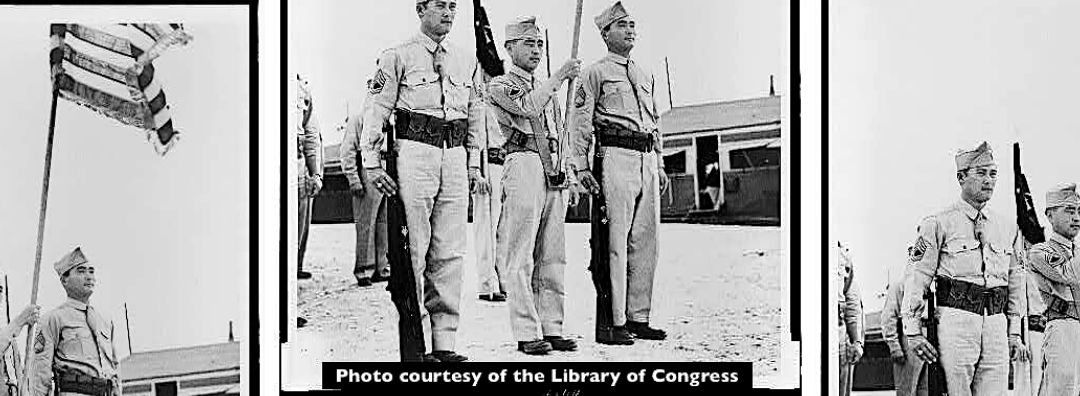
Sea Legs
We received an email from a friend sending her regrets for an event. She said: “still trying to get my sea legs” regarding the return to mostly normal in this mostly post-Covid world.
Who isn’t?
It’s as if we have all been on various desert islands, and now ships are arriving to take us back to our previous lives. Or so we thought. But some shipping lanes aren’t quite open, and others are overcrowded.
It is definitely NOT smooth sailing, and it is very hard to find your footing.
The seas roil as nearly all of us are entering the same markets at the same time causing quite a wake in the process. As a result of rushing to so many of the same places at once, it looks as though the water levels are rising around certain islands containing cars, lumber, housing, while some of the potential labor seems trapped on other islands. The port masters keep hoping some sort of craft will be able to ferry workers to the appropriate islands, but here’s the rub: everyone keeps using old charts of obsolete shipping lanes. Assumptions are being made that everyone wants to return to where they were in February of 2020.
This past week a few articles emerged with insights that defied all the economists: multiple months on a desert island make you re-evaluate your life. Sometimes you find yourself. Other times, you don’t want to be found. Sometimes you’ve thrown away the map determined to chart a new course. Other times you’ve taught yourself so many new skills, you want to get paid for those skills. And of course, there is the issue of the “real clothes” required when returning to civilization.
The real lesson that may emerge is that man may be a more rational actor than all the economic texts taught us. He may have found the meaning of his particular life and he is not willing to go back to the one he had before the Covid Tsunami.




